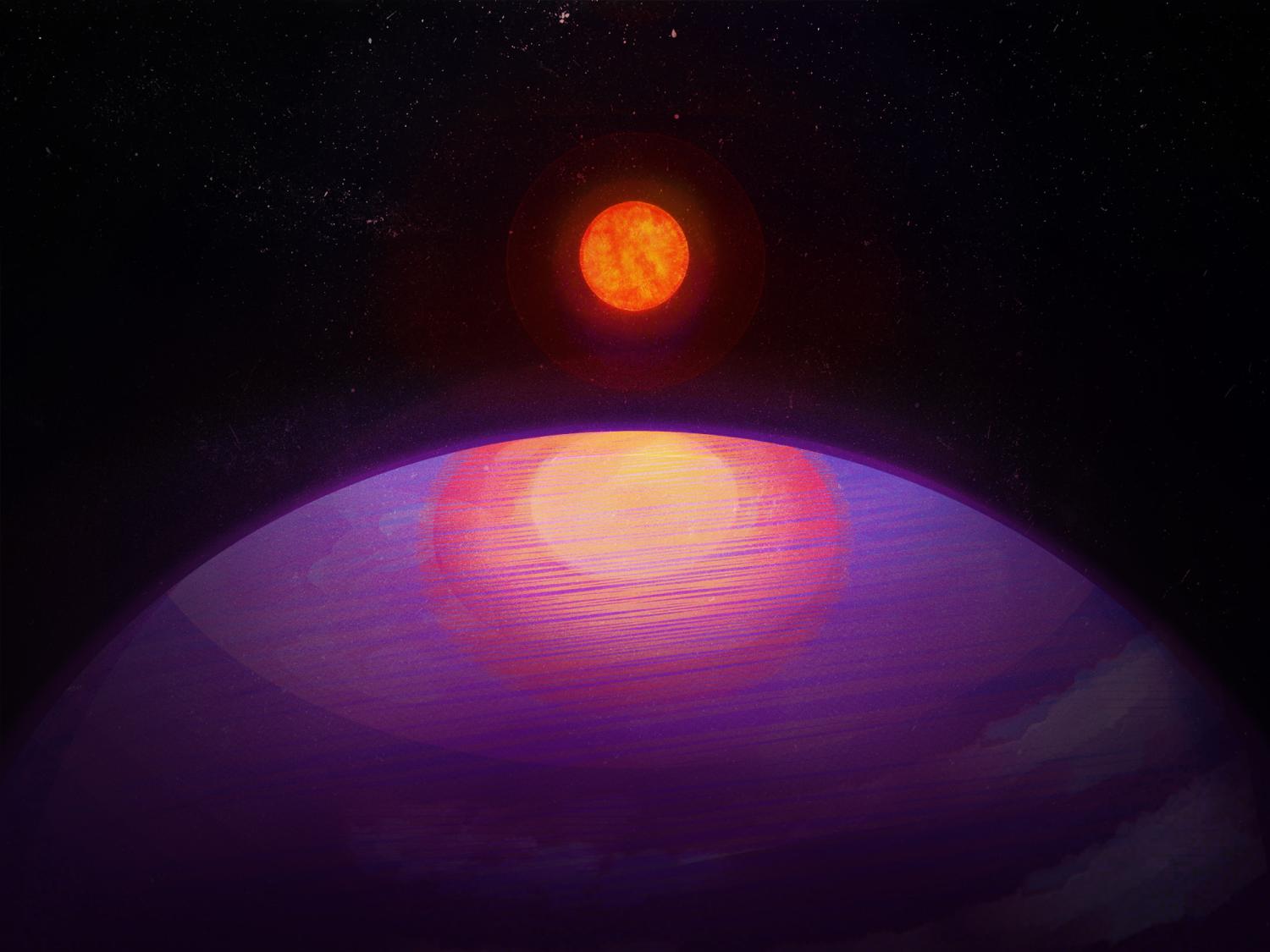The Universe’s very first stars had an important job. They formed from the primordial elements created by the Big Bang, so they contained no metals. It was up to them to synthesize the first metals and spread them out into the nearby Universe.
The JWST has made some progress in finding the Universe’s earliest galaxies. Can it have the same success when searching for the first stars?
Continue reading “Can Webb Find the First Stars in the Universe?”









